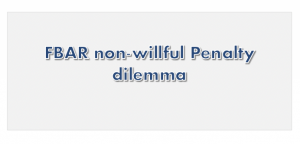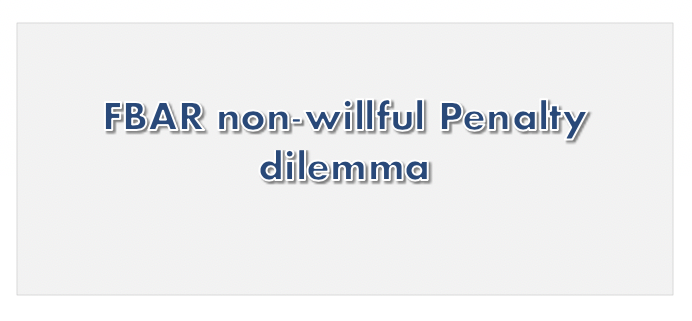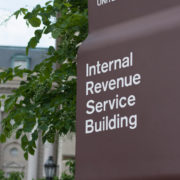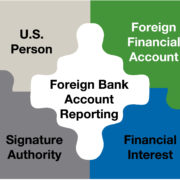Courts Split on FBAR non-willful Penalty
Should FBAR non-willful penalty be charged per form or per account?
 The Courts have recently addressed the issue of whether the FBAR Non-Willful penalty should be assessed per form rather than per account with conflicting results. InUnited States v. Bittner, the U.S. District Court for the Eastern District Court held that the non-willful FBAR penalty should be assessed per form rather than per account. The Bittner decision is in direct conflict with the holdings in United States v. Gardner, and United States v. Boyd.In two separate decisions, the District Court for the Central District of California held that the non-willful FBAR penalty should be assessed per account.
The Courts have recently addressed the issue of whether the FBAR Non-Willful penalty should be assessed per form rather than per account with conflicting results. InUnited States v. Bittner, the U.S. District Court for the Eastern District Court held that the non-willful FBAR penalty should be assessed per form rather than per account. The Bittner decision is in direct conflict with the holdings in United States v. Gardner, and United States v. Boyd.In two separate decisions, the District Court for the Central District of California held that the non-willful FBAR penalty should be assessed per account.
Logic dictates that because non-willful penalty provisionrelates to the failure to file an FBAR and not the failure to report a foreign financial account, the non-willful penalty should be limited per FBAR report rather than applying the penalty to each account. However, the Government does not interpret the statute in the same way.
In Bittner, the IRS argued that because the reasonable cause exception to the non-willful FBAR penalty references the “balance in the account” language, the reasonable cause exception should be applied on an account by account basis.
The Government further maintained in Bittner that the same reasoning should be applied in the assessment of the non-willful penalty. The Government further argued that, because the penalty for willful violations is assessed with reference to each account, the non-willful penalty should also be assessed with reference to each account.
The Court rejected both arguments. Bittner is on appeal and scheduled to be heard in September of 2020.
Depending upon the appellate court’s decision, taxpayers could be subject to significant penalties. For example, a taxpayer who has ten accounts and failed to file FBARS for the past three years could be subject to a $300,000 or a $30,000 penalty.
Taxpayers, who have yet to come forward, should seriously consider using the Streamlined Procedures as the process for coming into compliance and limiting financial risk. In more serious cases, Taxpayers need to consider making a disclosure using the Voluntary Disclosure Practice Rules. In both cases, Taxpayers should consult with a knowledgeable and experienced tax attorney.











